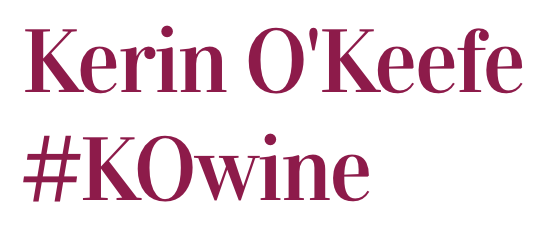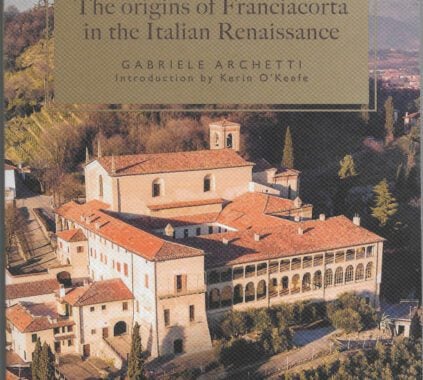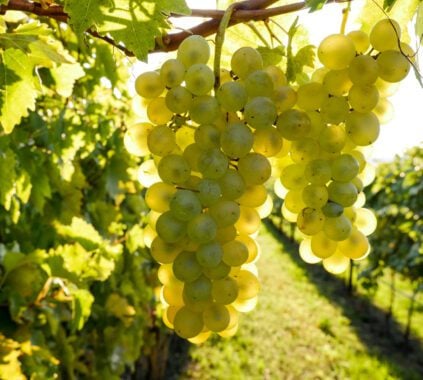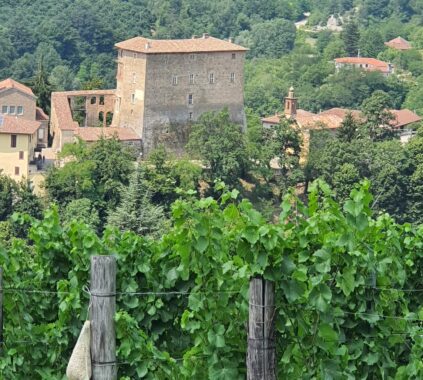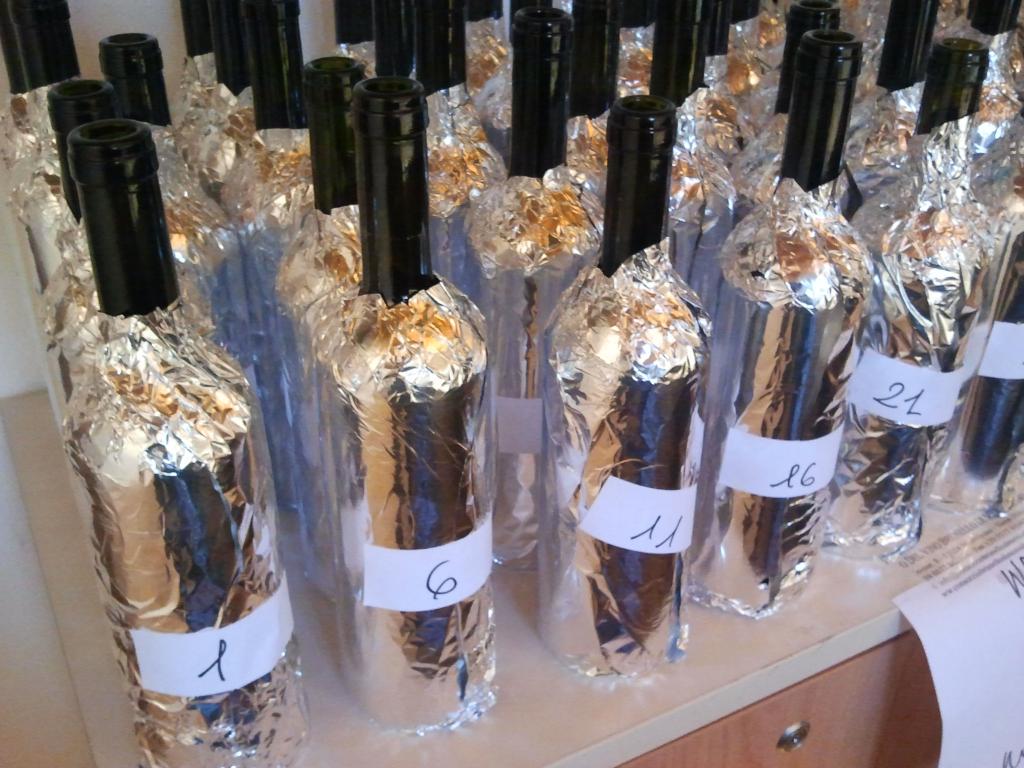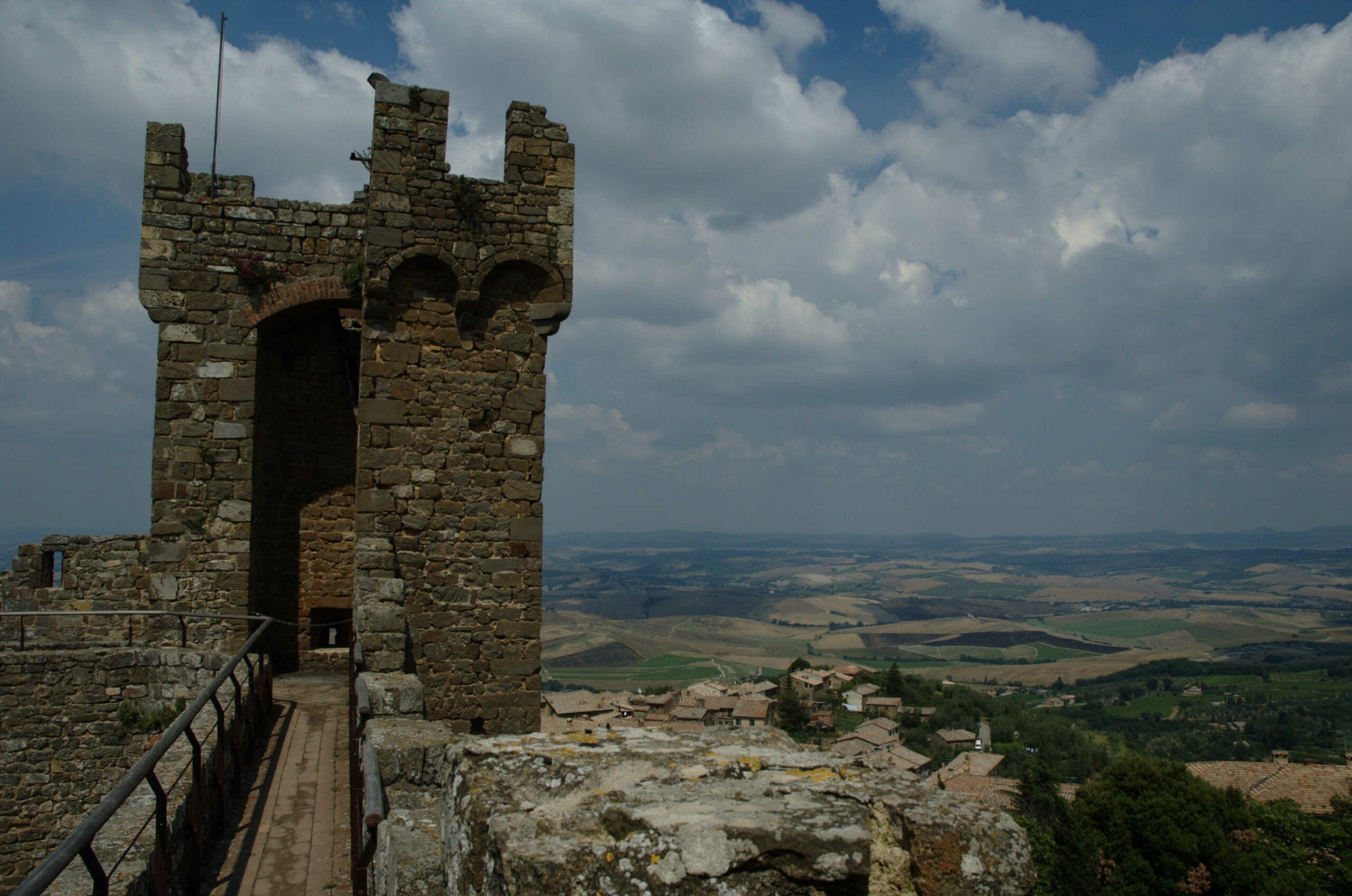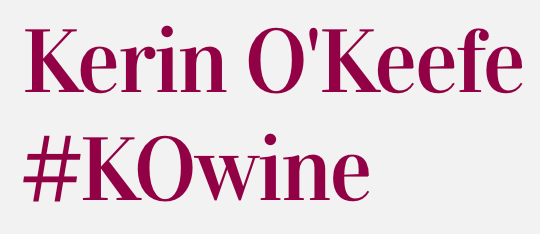I’ve written a lot about Italian bubbles over the last few years, and with good reason: They just keep getting better and better. And the ones to watch right now hail from the high-altitude vineyards above the city of Trento, in a mountainous region of northeastern Italy.
I visited the area last week, and the breathtaking mountains and steep vineyards, where the Pergola Trentina training system still dominates, underscore the challenges facing growers in this beautiful, fascinating denomination, where quality is everything.
Labeled under the Trentodoc appellation, these bottle-fermented sparklers (known as metodo classico) are made predominantly with Chardonnay and Pinot Nero, although the denomination’s production code also allows producers to use Pinot Bianco and Meunier as well. While the grapes may be international, they thrive in the mountains in the Trentino region. The altitude imparts elegance and freshness while the marked day and night temperature changes encourage grapes to develop intense aromas.
Besides the ideal growing zone, the Trento area also boasts a long history of making metodo classico that stretches back to the early years of the last century, and can be traced back to Ferrari (our 2015 European Winery of the Year). In 1902, Giulio Ferrari, the firm’s founder, planted Chardonnay grapes with the sole purpose of producing sparkling wines that would be on par with the best French bubbles. In 1906 Ferrari won a gold medal at the International World’s Fair in Milan, putting Italian metodo classico on the map.
Giulio Ferrari had no children and sold the winery to Bruno Lunelli in 1952, although Ferrari stayed on for the next several years to work alongside the firm’s new owner. Thanks to passion and a savvy business sense, Lunelli increased production without compromising Ferrari’s high quality standards.
In the 1970s, Lunelli’s sons Franco, Gino and Mauro took over the company. Under their direction, Ferrari became Italy’s sparkling wine leader. The three brothers also created what are now Italy’s most iconic sparklers, including Ferrari Rosé, Ferrari Perlé and Giulio Ferrari Riserva del Fondatore. Made with a rigorous selection of Chardonnay from the estate’s Maso Pianizza vineyard situated between 1,640 and 1,968 feet above sea level, and aged on its lees for at least ten years, Giulio Ferrari Riserva del Fondatore is the firm’s flagship wine.
Today, the third generation of Lunellis is in charge, Marcello, Matteo, Camilla and Alessandro, and they continue to focus on quality and elegance. During my recent visit, they opened up bottles of Giulio Ferrari going back to 1993 that perfectly showed the remarkable aging potential of top Trentodoc.
Rotari, part of the Mezzacorona group, has recently revamped its production. “Starting with the 2013 vintage, our Rotari Trentodoc Brut and Rosé will be vintage wines. Also starting from the same vintage, they now undergo full malolactic fermentation to preserve the ripe fruit flavors, and from now on they are only aged in steel to maintain freshness, as opposed to partial aging in wood like we used to do,” explains Lucio Matricardi, the firm’s winemaker. The firm also makes 100% Chardonnay Riserva, Flavio, that has more complexity than the entry-level bottlings.
There’s also a growing number of smaller and mid-sized wineries turning out fantastic wines, like Cantina Moser. Founded by legendary Italian cyclist Francesco Moser, who is now joined in the winery by his children Carlo and Francesca and his nephew Matteo, the firm’s 51,151 (named in honor of Francesco’s 1984 Hour Record when he smashed the previous world record) boasts all the freshness, finesse, fruit and energizing mineral Trentodoc has become famous for. Vineyard altitude for the wine ranges from 820 to 2,132 feet while the soil is mostly limestone, which gives the wines their mineral vein.
Perhaps the only disadvantage Trentodoc faces is some confusion over its name. Created in 2007, most non-Italian speakers don’t realize the ‘doc’ is actually part of its name, and not simply the abbreviation for Denominazione di Origine Controllata, one of Italy’s controlled designations. While I’d love to see the name shortened to simply Trento, it’s the wine behind the label that counts.
Last modified: December 31, 2023
